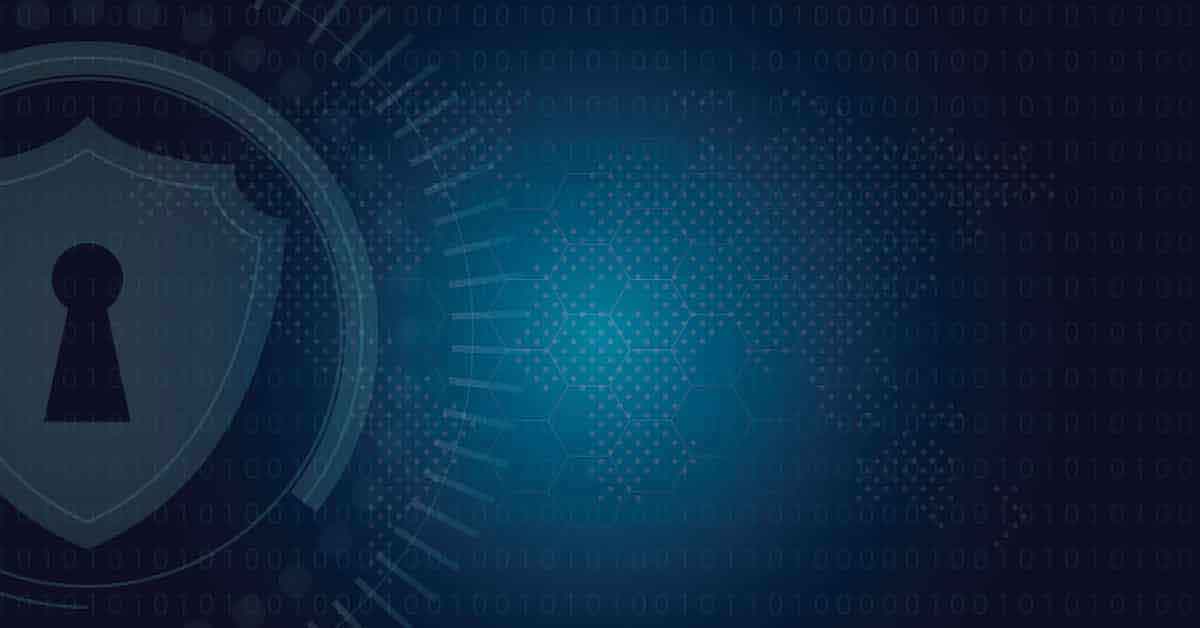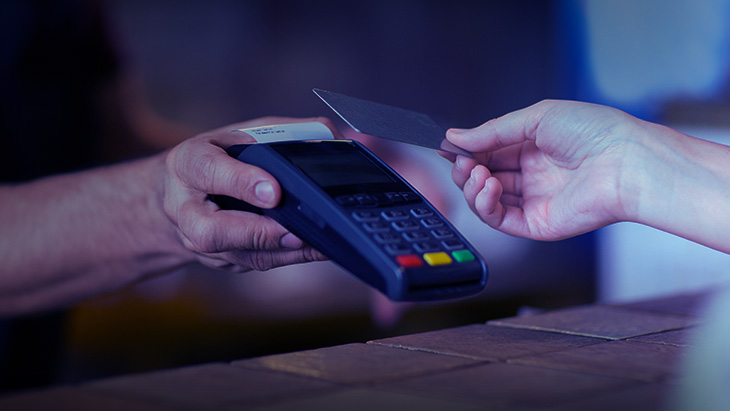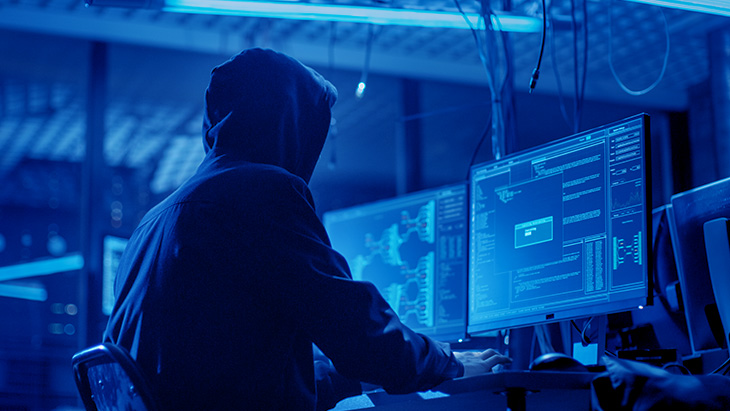
Cybersecurity Trends to Watch Out for in 2022
In the digital world, the large majority of organizations have moved their business models online. With organizations becoming a part of digital transformation to make their workflows sustainable and improve efficiency, cybersecurity trends and threats are changing rapidly. We may see the impact of this change in terms of cybersecurity trends in 2022, just like last year.
Since the importance of taking serious measures has recently been better understood, we may expect new components for methods to follow on delivering data security. The benefit of taking action based on the Zero Trust principle while preventing attempts to capture sensitive data stacks and the importance of Privileged Access Management (PAM) implementations will come to the fore further among 2022 cybersecurity trends as a protective shield.
Here's the Cybersecurity Trends for 2022
Organizations should pay attention to 2022 cybersecurity trends in terms of data and access security, as we will confront different types of cyber-attacks and many companies that have not invested enough in security infrastructure may probably end up in a difficult situation. For example, ransomware attacks by cyber attackers will be among the top cybersecurity trends for 2022 as last year, and we will experience a period in which we frequently encounter data breaches resulting from human-made errors. Now, let's deep dive into the cybersecurity trends for 2022.
Hackers’ Primary Goal: Data Breach
Data breaches will continue to be a major problem for all organizations worldwide in 2022. You also need to pay attention to small details as ensuring critical data security is essential for all individuals and organizations, because any minor mistake or flaw in your IT infrastructure can lead to a breach of your credentials by cyber attackers. Hackers use these flaws to access your organization's data, and as a result, you may face serious problems in terms of both financial impact and corporate image.
The General Data Protection Regulation (GDPR) took effect on May 25, 2018 in the European Union, and the Law on the Protection of Personal Data was published in the official gazette on April 7, 2016 in Turkey to protect the privacy of personal data. Furthermore, these laws set certain obligations for organizations to successfully protect their employees' data. The California Consumer Privacy Act (CCPA), which took effect as of January 1, 2020, also has similar functions.
Targeted Phishing Attacks
Phishing attacks are frequently preferred by cyber attackers. The attack strategy works by sending phishing e-mails to users and is very common online. As a matter of fact, phishing attacks have recently become more personalized and oriented towards certain geographical locations. In addition, we must emphasize that hackers use more complex tactics in targeted phishing attacks, and they trap users more easily.
However, preventing targeted phishing attacks is not as difficult a process as it seems. Organizations follow advanced PAM implementations to protect their employees' credentials while keeping email traffic within the network under control and block malicious attempts. Besides, organizations make a potential attack preventable by using common phishing attack techniques simulators that have the ability to predict potential cyber attacks.
Supply Chain Disruption
Attempts to disrupt organizations' supply chains and the measures to be taken against these attempts are also among the cybersecurity trends for 2022. Considering that hardware and software for improving IT infrastructure will be highly in demand in the upcoming years, it will be necessary to make the data protection and authentication process more effective to block supply chain attacks. Leveraging machine learning and artificial intelligence can be the key to making the two processes more effective.
At this point, it can be an effective method to integrate the security implementations provided by global supply chains offering cloud computing services with Privileged Access Management solutions. Ensuring supply chain security, especially for organizations with large distribution networks, is of great importance to keep the workflow sustainable and costs reasonable while increasing the sales rate.
Ransomware
Ransomware, among the first topics that come to mind when it comes to cyber security, will continue to maintain its popularity in 2022. Upon considering that the ransomware attacks increased by 151% in the first six months of 2021 compared to the first six months of 2020, it becomes obvious that it is necessary to take these measures more seriously.
Ransomware attacks blocking access by encrypting sensitive data stacks in the IT infrastructure can cause serious financial loss for organizations, because hackers not only get access to critical data through ransomware attacks, but also make systems related to this information inoperable. And when systems become inoperable, this interrupts your business operations.
After making it inoperable, cyber attackers demand a ransom from you for decrypting the system. Ransomware attacks can result in significant costs to get your IT infrastructure back up and running, and you may end up dealing with corporate image loss as business operations are disrupted.
Human Factor
Being the weakest link in an IT infrastructure, people pose a great risk to organizations' cybersecurity measures. Various mistakes, especially not being aware of security flaws and falling into phishing traps, are among the main vectors associated with the human factor in terms of privileged account access security.
Research by Professor Jeff Hancock from Stanford University and security company Tessian uncovers that 88% of data breaches are caused by human errors. This result proves that cybersecurity problems may occur even if the best security systems are used when the applications are not up to date and the employees are not sufficiently informed about the working principles of the applications.
IoT and 5G: New Technology, New Risks
The cybersecurity trend for 2022 that will stand out more compared to previous years, is IoT and 5G. The Internet of Things has the risk of becoming a major cyber threat as it allows data to be sent between devices in an online environment. In addition to all the advantages of an IoT network supported by 5G technologies, detailed research needs to be done to improve the security of the network against cyber attacks. Research conducted by Boston Consulting Group predicted that companies would invest more than $267 billion in IoT implementations in 2020. It is highly likely that this is going to increase in 2022.
Cryptocurrencies and Metaverse
Metaverse, one of the popular topics as of last, emerges as a world with data and privacy security problems, just like other IT service platforms. So we should note that it is necessary to develop a customized strategy taking into account the characteristics of cryptocurrencies and metadata storage, in addition to the existing information security measures. For example, since the data of metaverse platform users is stored on different servers around the world, it is essential not only to discuss how to approach different personal data processing guidelines in each country but also to protect your avatar and cryptocurrencies in the metaverse. The inclusion of individual users in the metaverse world, as well as global companies, reveals the need to prepare for the protection of not only users but also businesses and organizations in the future.
Deepfake
Deepfake can be among the popular cybersecurity trends for 2022. The digitalisation and circulation of money as crypto money makes it more attractive to hackers. Deepfake technology allows users to relocate their images, making it easier for cybercriminals to access sensitive data. It is very possible to see more cyber attacks on this topic in 2022.
Privileged Access Management (PAM) implementations help you to provide privileged account access security against data breaches, especially while protecting companies and public institutions from phishing attacks, supply chain attacks, and human errors. Developed by Kron and one of the leading PAM solutions in the global arena, Single Connect can help you to minimize data breaches in 2022.
You can contact us for more information about Single Connect, which has proven to be one of the superior solutions in protecting privileged accounts and their identity information, and was included in the Gartner Magic Quadrant for PAM and Omdia Universe: Selecting a Privileged Access Management Solution, 2021–22 reports.













